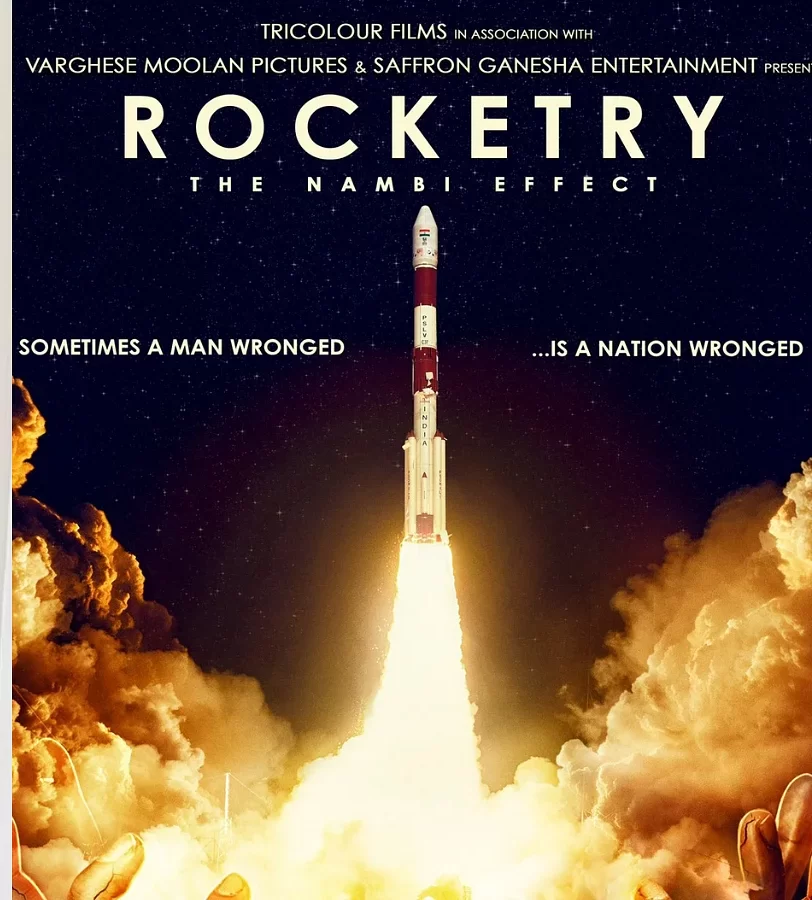MUMBAI: Motion Picture Association of America (MPAA) CTO Jim Williams recommended terrestrial broadcasters tap low-cost content protection choices at the ITU-AIBD workshop on digital terrestrial television broadcasting.
Broadcasters at the workshop were engaged by Asia-Pac Centre for Content Protection (CCP) members Nagravision, NDS, ASTRO, MPA, Microsoft and Conax who provided updates and a panel discussion on the latest issues in relation to broadcast and content protection.
Participants discussed why free-to-air (FTA) broadcasters may need to make content-protection choices, especially at the set-top box.
"It’s a really exciting time for us as the digital transition begins," says CCP managing director Isa Seow, who is also a consultant for Motion Picture Association.
Jim Williams called it digital emancipation when US broadcasters turned off analog signals June 12 this year. He invited delegates from different countries to identify which stage of the digital transition they each were in, and adopt appropriate types of content protection. "Protect your free TV," he exhorted.
"Content protection helps broadcasters obtain high-value entertainment. Content owners can be more confident of channels that they will be licensing content," says Seow. "Our CCP Recommended Outputs Publication is a reference for many device manufacturers and broadcasters seeking clarifications for free-to-air set-top box outputs design."
Williams recommended low-cost alternatives such as High-bandwidth Digital Content Protection (HDCP), where discounts on royalties are available. "Not many organisations are focused on low-cost alternatives," he said. "One organisation that is focused on it is CCP."
In Korea, a country with one of the highest broadband penetration rates, 47% of the 33.5 mill users admitted to illegally downloading movies once a week. "If this goes on, we’re going to face what happened to the music industry," says Astro All Asia Networks plc CTO Graham Stevens. He concurred that it might seem strange to talk about FTA and content protection in the same breath, but don’t just go out with open- architecture set-top boxes, he warned, and instead use the opportunity to think about how to do the digital transition well.
NDS Asia-Pac Chief Engineer Paul Jackson described a new broadcast business model that his company supports in Turkey. The Turkish model requires people to purchase a content-protected set top box and register for free access to additional "free-to-view" content. Advertising is targeted to users of these set top boxes. An enhanced version of the service for digital video recorders could in future allow for targeted advertising by demographics. Jackson advised against subsidising unprotected set-top boxes, which may be "effectively subsidising your neighbours’ set-tops," if your set-tops are compatible with neighbouring countries’ transmissions. He recommended minimum security features in hardware, common to all boxes, as a means both to enable more potential business models and also to discourage unintended cross subsidy.
In the audience was the Indian regulator amongst the Singapore, Malaysia and other regulators who flew in for the BCA related events.
Microsoft International Media Policy director Jim Beveridge said, the company had several new innovations where high-value content was one constant. The idea of Multiple screens on Media Room, Media Centre and X-Box require content protection, he said, which requires Microsoft to interact with broadcasters on this platform.
Conax AS International Product marketing manager Vidar Sandvik advocated "scrambling" for FTA broadcasting. He cited Netherlands and Poland where 100% cable saturation did not prevent terrestrial television from thriving. In Poland where FTA had 30% of the market, FTA broadcasters added video-on-demand in HD, increasing value for consumers, and ensuring no leaks to the Net. Let the pay-TV operator subsidise the set-top box, he said, and then control box quality for content protection. As for cost, set-top box vendors paid nothing for Conax hardware, he said.
Licensing set-top box production and preventing consumers from becoming broadcasters, but enabling them to receive, store and do home networking are some rules that regulators should lay down to protect content, concluded Williams. He recommended making content protection cheaper by going completely digital. "Why do you need analog outputs?" he asks
The issue of content protection cost was also highlighted during the Digital Future Seminar Series at Broadcast Asia June 16. Singapore broadcaster MediaCorp sought from the panelists new cost-effective ways for the protection of content. Seow directed the query towards CCP Asia- Pacific Recommended Outputs for free-to-air TV which highlights simple ways to protect digital TV.
Jim William clarified one cost effective way is to include HDCP with any HDMI connector. Further, he said it is less effective to have HD on analog outputs when HD can be better served with only one output which is the digital connector be it HDMI, DVI or other.
Paul Jackson discussed his ideas on India’s broadcast regulations with Atya Nand, India’s Under Secretary at the Ministry of Information and Broadcasting, who was present in the audience.
The ITU-AIBD workshop saw 40-50 Asian broadcast regulators in the room. Among the regulators were those from Singapore, Malaysia, India and Indonesia.




